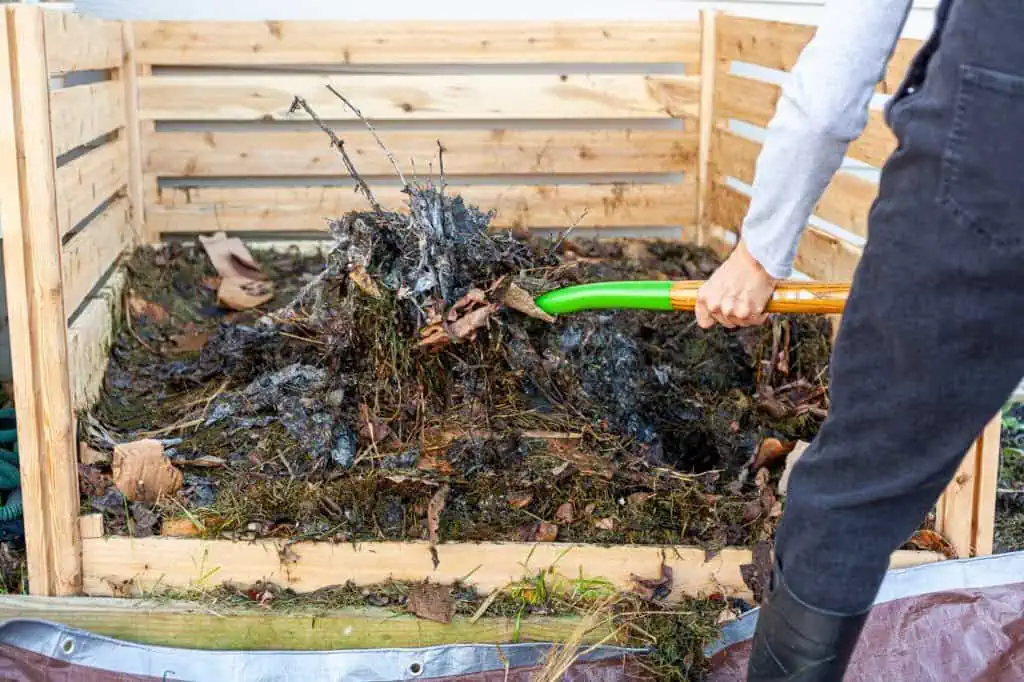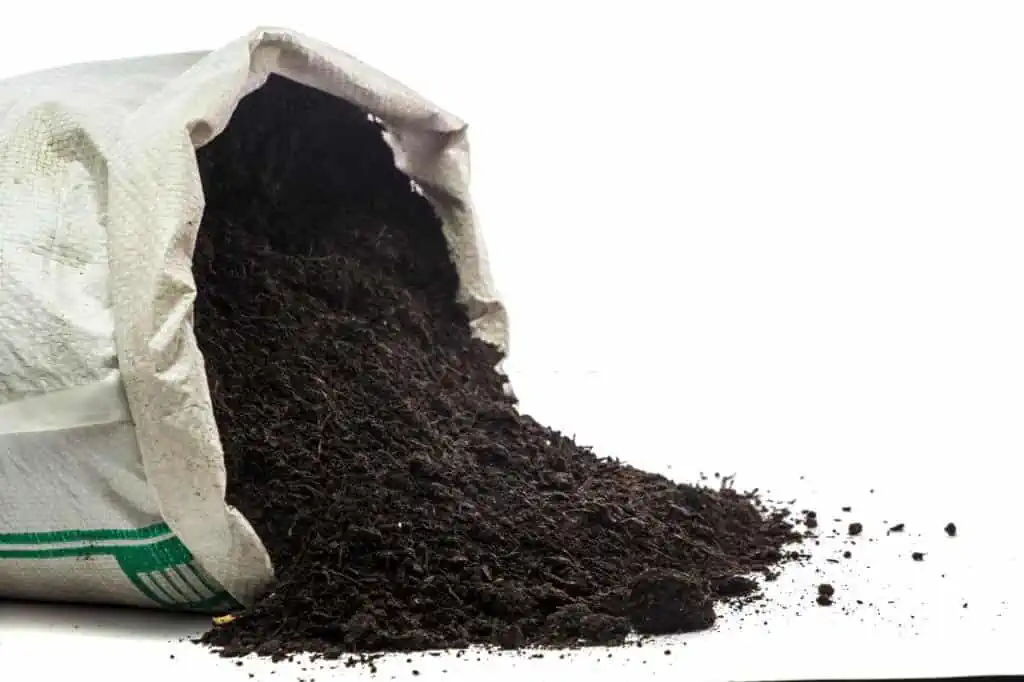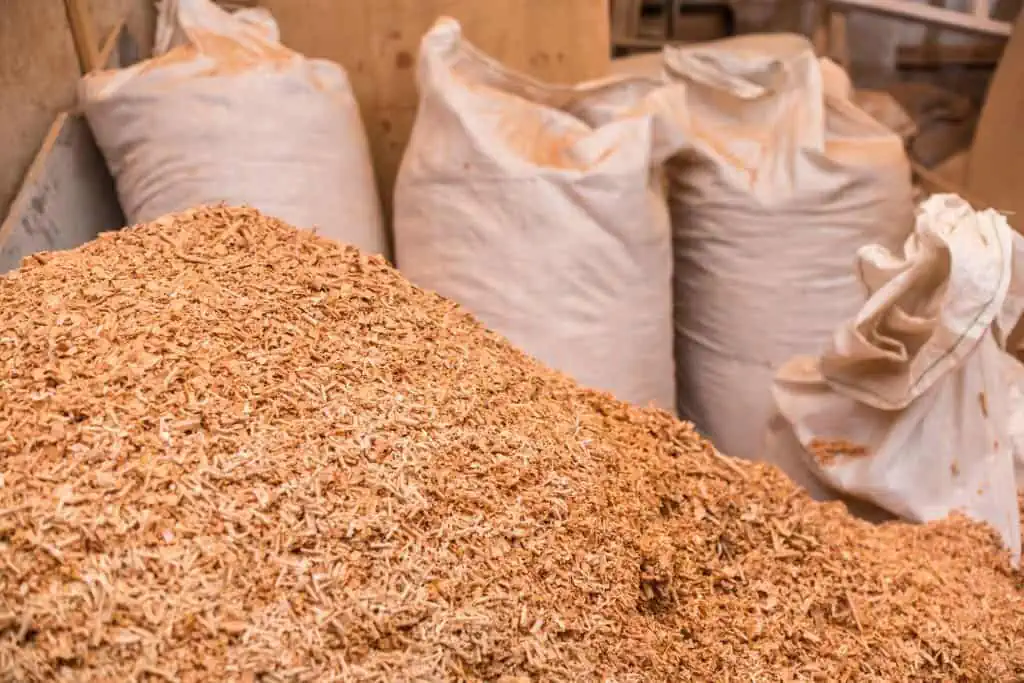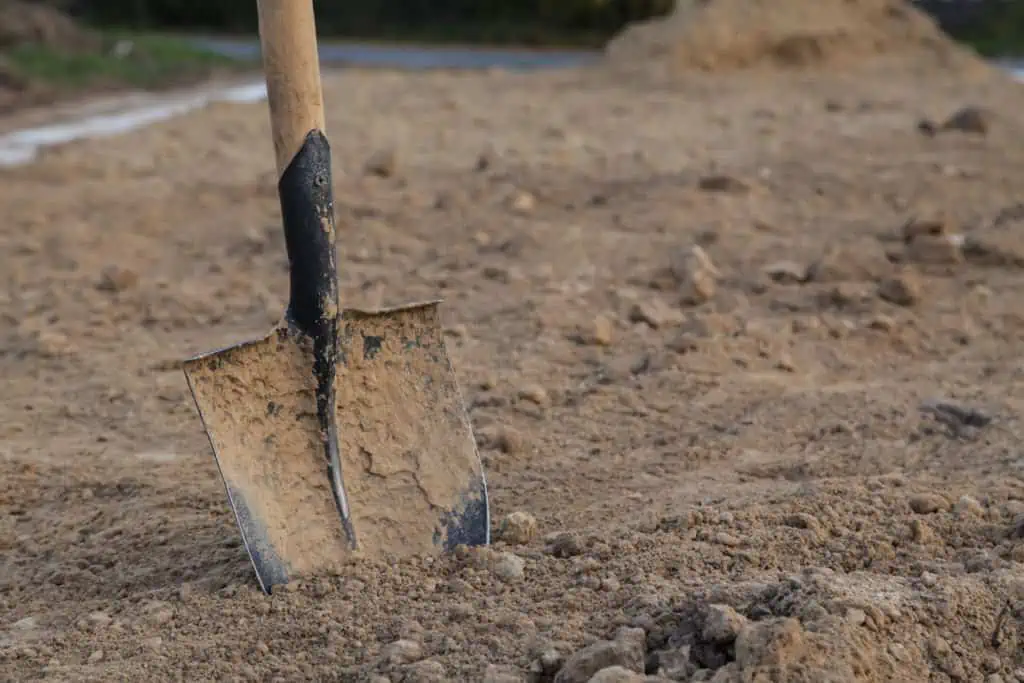Do you know that maintaining a lawn can be difficult, especially in clay soil, because it’s dense, compact, and difficult to deal with, and that makes the water and nutrients reach the soil’s surface? It causes the grass to grow, become yellow, or even die.
Choosing the best lawn fertilizer for clay soil is crucial to overcoming these problems. In addition to giving the grass the nutrients it needs to grow, a good fertilizer also aids in breaking up the compacted soil, which makes it easier for water and air to reach the roots.
In this post, you will learn about the top lawn fertilizers for clay soil, the benefits of clay soil, and how to effectively apply fertilizer to clay soil.
The Best Fertilizers for Clay Soil Lawn
The quantity of fertilizer you add will affect how well clay soil performs. You must adjust the clay soil to grow a wide range of plants in your garden.
1. Compost

Compost thickens the soil as a fertilizer by combining it with inorganic components. The soil will get healthier due to the consistency and elements attracting earthworms, introducing the nutrient cycle.
As a result, energy and matter interact as they move between species. Your plants will also flourish due to improved soil drainage and aeration.
Further, compost will also stop erosion, improving the soil’s overall structure by loosening the dense particles in clay soil. Additionally, it reduces run-off on rainy days, allowing the soil to use every drop of water and reducing water waste.
2. Composted Bark
Composted Bark does not only enrich the ecosystem of your garden as well as the soil. It has all the benefits you’ll look for in a soil fertilizer, such as improving the soil structure, making air circulate better, preventing erosion, and loosening clay soil.
In addition, it also attracts beneficial species, stunts the growth of weeds that compete with plants for resources, and prevents pest infestations by deterring dangerous insects with the chemical thujone.
3. Manure

Adding manure with compost and tilling it into clay soil is the best way to get the most significant result. Manure from cows, horses, or poultry is one of the many types you can use. Manure is crucial to improve soil quality since it prepares the soil to function better.
In clay soil, adding manure will aid in loosening the particles so that water may drain and reach other parts of the plant for optimal nutrient uptake and to avoid drowning the roots.
4. Composted Leaf
Clay soil can be loosened with leaf compost, improving drainage and preventing plants from drowning. It suppresses weed development and adds essential nutrients to the soil when combined with mulch. You can crush the leaves and apply them to your plants as a top dressing.
5. Sawdust

Sawdust is particularly advantageous for highly compact soils like clay because it holds onto moisture, boosts organic matter, and enhances soil texture. Ensure to provide nitrogen to the soil by combining the sawdust and grass clippings. Your plants can only develop the proteins and enzymes required to keep them alive if your soil is nitrogen-deficient.
Incorporating sawdust into the soil four to six months before planting is advisable to ensure proper decomposition and prevent soil nitrogen loss.
However, use minimal amounts if you’re going to apply it to your plants to account for the presence of nitrogen. Add grass clippings or coffee grounds to avoid a nitrogen shortage if you need more sawdust.
6. Scotts Turf Builder
This fertilizer is perfect for lawns of grass grown in clay soil because it can stop weeds from developing and consuming the nutrients intended for your grass. It is the ideal substitute for eliminating weeds without using a dangerous chemical that can have adverse side effects.
Your grass will appear thicker and healthier due to the improved soil quality, which will enhance the appearance of your lawn. However, remember that this is a synthetic fertilizer with potential adverse consequences shortage.
Best Practices to Improve Clay Soil Lawn
- To determine the soil’s fertility, pH, and nutrient deficiencies, take a soil sample and analyze it. You can purchase a soil test kit from a garden center and conduct the testing yourself.
- The area’s square footage can be calculated by multiplying the lawn’s length by width, measured in feet. To find the available place, deduct the areas that don’t require treatment. Also, you must know the square footage to determine how much fertilizer and other soil additives to use.
- Run the aerator over the wet lawn in various directions twice a year. Removing soil plugs creates tiny holes that let air and nutrients combine with the clay soil. Most garden centers sell aerators for sale.
- Use a complete fertilizer that contains nitrogen, phosphorus, and potassium to fertilize the lawn. For details on nutrient ratios, consult the soil test report. However, slow-release fertilizer is the finest fertilizer to feed the soil with nutrients all season long.
How to Effectively Water Clay Soil
One of the biggest challenges most gardeners face is watering their plants because most people overwater them. Overwatering is the most frequent reason for plant death in clay soils.
If your garden soil comprises clay, you should water your garden less regularly because clay soil tends to hold water for extended periods. Reduce the amount of water you are applying if areas of your yard are virtually perpetually moist.

Contact the county extension agent in your area to learn the suggested watering rates for your location. Most garden and landscaping plants require watering just as they wilt slightly.
Plants will benefit if water is applied more sparingly and deeply, fostering the growth of deep root systems. Frequent light watering promotes shallow roots, reducing a plant’s ability to withstand drought.
Watering profoundly and sparingly is the best method (except for recently planted flowers and landscapes, these need water frequently to get established). If you have a sprinkler system, ensure it’s not overwatering your plants.
Whatever watering schedule you offer plants, they’ll get used to it. Frequent watering of plants causes shallow root systems, which make them incapable of surviving in drier conditions.
Plants with more extensive root systems can access water from a broader soil area, which receives less watering. More challenging, more resilient plants are produced when exposed to a small amount of drought stress before being watered because short, dry times are easier to tolerate.
Conclusion
The aesthetic and health of your lawn depend on choosing the best lawn fertilizer for clay soil, which can be a complex undertaking. You can support your grass’s growth by selecting a fertilizer for clay soil containing the ideal nutrient ratio. Consider the type of grass you have, the local climate, and the particular soil requirements when choosing a fertilizer.
Search for fertilizers with high nitrogen, phosphorous, potassium, and micronutrients like iron and zinc to encourage root development and general plant health. Using your fertilizer correctly is essential to receiving the maximum benefit from it. Apply the fertilizer uniformly, according to the directions, and at the appropriate time of year.
Now that you know that, you can have a magnificent, lush lawn that will make your neighbors green with envy if you use the right lawn fertilizer for clay soil and take care of it.






